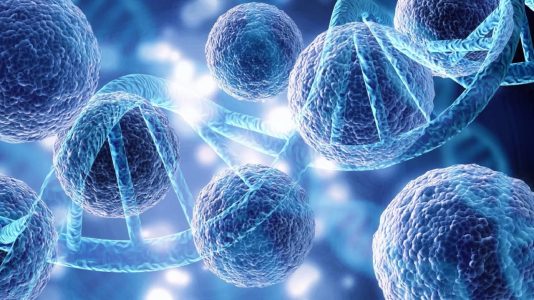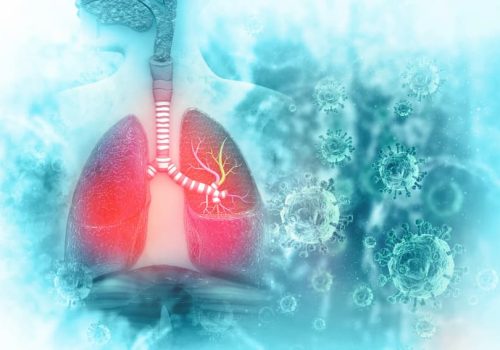Hematopoieticstem cells are undifferentiated structures from which blood components develop.
That is, they are capable of creating (from themselves) red blood cells, white blood cells and platelets.
These characteristics have enabled various medical research centers to develop treatments for conditions such as kidney failure.
How is this treatment carried out?
Hematopoietic cell transplantation and its subsequent use in the development of treatments for kidney failure has experienced accelerated growth, leading many people to wonder about the nature of this therapy before considering it as a possible alternative.
This procedure consists of a number of specific steps, as explained by Martin Hertl, PhD of the University Medical Center:
- Diagnosis: this is an essential prerequisite, since it allows specialists to know the condition and general outlook of the affected person, as well as the levels of affection.
- Selection of the extraction area: this type of cells are found in high concentrations in the bone marrow, and this is the common point of extraction, specifically in the iliac crests.
However, the specialist may have surrounding areas available if the area in question is compromised in any way. - Extraction: it is performed with a surgical biopsy needle under local or general anesthesia, aspirating 700 ml to 1500 ml.
- Preparation: mononuclear cells (where the target cells are located) are separated by density gradient.
- Application: it is usually injected bilaterally percutaneously, targeting the kidneys directly by ultrasound.
Extension
- First of all, it should be emphasized that treatment with hematopoietic cells must be complemented with processes and medications that assist the patient continuously, such as the use of hemodialysis sessions, following the physician’s instructions at all times.
- Secondly, the patient’s own conditions directly influence the treatment needs and the effective recovery process.
- Finally, the environment surrounding the patient and the constancy in implementing the treatment will determine the progressive results.
Having said this, the clinical case of a young man hospitalized at the San Martín de Porres Medical Center, Chiclayo-Peru, whose process covered a total of 190 days of follow-up, stands out.
Advantages
- The process is ideal for patients with high intolerance to immunosuppressants, which are necessary to slow the progression of the disease.
- It is presented as an alternative for patients who have exhausted most of their treatment options.
- Hematopoietic cells possess immunomodulatory effects in solid organ recipients.
- The chances of chronic rejection from more invasive sources, such as transplanted organs or active support systems, are reduced.
- The body is not exposed to high doses of medications and drugs that could compromise (or aggravate) the effects of the condition in any way.
- In many cases, it represents a reduction in treatment costs, which also increases the chances of treatment prolongation and solvency.
Results
Taking as a concrete reference the aforementioned clinical case, which had the most aggressive type of this disease (also found in advanced stage), we can refer to the following results
the most aggressive type of this disease (also found in advanced stage), we can refer the following results:
- Drastic reduction of edema throughout the distribution area.
- Reduction of fatigue, tiredness and general malaise.
- No side effects or adversities directly related to the treatment are reported.
- Palpable positive effects in little more than 60 days.
- Persistent clinical improvement for long periods of time (more than 6 months after treatment).
Chronic renal failure is a disease that affects 10% of the world’s population; however, new medical technologies developed from harnessing cellular capabilities provide promising therapies that can greatly alleviate these conditions, slowing and diminishing the effects of the disease, which constitutes a significant improvement in the quality of life of patients.


















